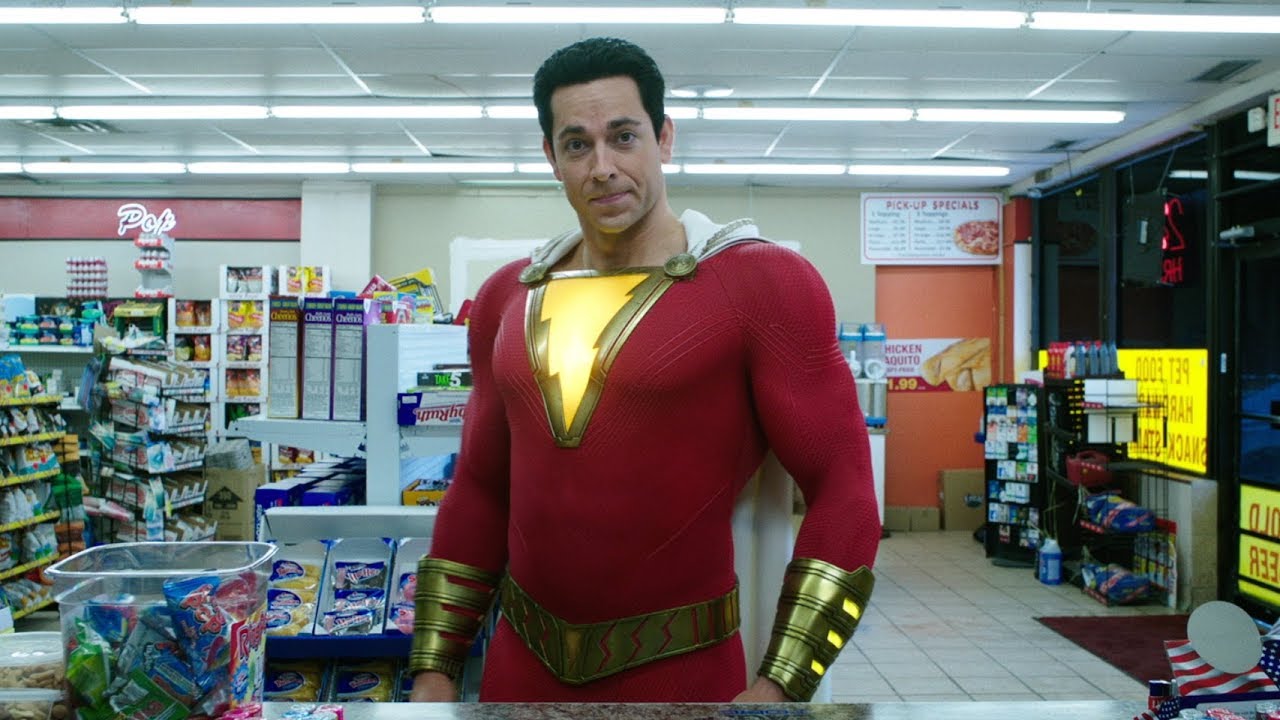Wright or Wrong: Spider-Man: Into the Spider-Verse

“Spider-Man: Into the Spider-Verse” could perhaps be viewed as the ultimate poster child for Thomas Edison’s take on genius being 1 percent inspiration and 99 percent perspiration within the context of the greed consumed busy idiots running Sony’s output.
After an embarrassing cinematic output in recent history, between litigation threatening the potential payoff of seeing a meaningful adult Peter Parker ever making his way back to the big screen for the near future via the MCU’s Spider-Man and the frustrating financial success of “Venom” emboldening the same studio heads that killed two iterations of this character already to produce a super villain Cinematic Universe using the foundation of the superhero movie equivalent of Tommy Wiseau’s “The Room,” the unholy duo of Amy Pascal and Avi Arad have finally managed to make a strong, genuine, and heartfelt product that’s not only a love letter to the property they’ve spent the last decade abusing but is easily the second best “Spider-Man” movie to date, second only to Sam Raimi’s sophomore outing with the franchise in 2004.
Courtesy images
Following a world in which Peter Parker has managed to grow up fairly successful in life despite balancing his part time service as Spider-Man to protect and inspire the people of New York, brilliant but lazy teenager Miles Morales finds himself in over his head when he accidentally witnesses a tragedy befall the Spider-Man of his world, forcing him to reluctantly take up the mantle when a spider bite from a lab aiming to replicate Parker’s circumstances grants him similar capabilities.
Tasked with closing a case Spider-Man was unable to complete, Morales now has to figure out his abilities and face off against The Kingpin of New York crime, while learning from alternate reality Spider-Men, including a veteran, middle aged Peter Parker, who’s substantially less enchanted with the job than his younger and more naive successor.
Highjinks of interdimensional nature ensue as a cavalcade of metatextual media commentary and Easter eggs of “Spider-Man” mythology pepper a film that embraces its nature as a cartoon adaptation of a comic book with theatrical resources.
What sets “Spider-Man: Into the Spider-Verse” apart from almost any animated blockbuster of the last decade however is not only its underlying substance beneath its striking sense of style but how the two feed into one another to perpetuate a symbiotic relationship.
The art style, reliant on a slightly choppier animation frame rate intent on evoking the feel of a comic book in motion from panel to panel, is not only eye-poppingly gorgeous and more unique than any animated film to release since CGI became the status-quo for Hollywood animation but lends itself to a plethora of styles and designs that enhance the sense of character of each of the film’s inhabitants.
Morales is presented as a fun loving, well meaning, energetic, and bright everyman teen of the modern age; a budding artist with friends, a taste in music, parents he loves despite their requisite embarrassment of him, and even a subtle touch of connection with his culture, walking and talking with people on the street as a typical New Yorker, while swapping in and out of Spanish with his Puerto Rican mother Rio.
As such, much of his scenes come across visually with a sort of street art/graffiti-esque pop as though every scene he inhabits is playing out on a mural painted on a back alley’s side wall. This sense of style extends to every other character, from the punk visual style of Spider-Gwen, the more traditionally animated yet subtly expressive Peter Parker, the Looney Tunes-esque Spectacular Spider-Ham, and the black and white 2D/3D silhouetting of Spider-Man Noir.
“Into the Spider-Verse” keeps its story focused on Morales’s coming of age origin story but the number of artistic styles executed by each of the individual Spider-Men simply sharing the screen is an outright staggering masterpiece of animation to behold on the technical side. What really nails that aspect home however is what truly makes the film so unique amongst animated features and the execution of that aspect that makes it one of the best superhero movies of the decade.
Despite the blast and a half to be had from humor and visuals alone, “Into the Spider-Verse” defies expectations of most children’s oriented animation by not really being a comedy. The screenplay is certainly punched up with wit left and right but the movie doesn’t shoot for laughs in favor of the playing out of its own drama and the consequences of action. Morales has to learn the responsibility he bears by taking up the mantle of Spider-Man thoroughly, which means facing danger without running from it, sacrificing comfort for the greater good, and dealing with the pain of personal loss. His journey teaches him how to be Spider-Man in ways unique to him, not unlike many kids coming of age with aspirations of their own.
What could have become a cynical cash grab shilling marketable spinoff characters to multiple demographics ultimately becomes a powerful and heartfelt celebration of the “Spider-Man” legacy and all of the forms that it has taken throughout the ages in a manner far more effective than even the comic books have done in a long time. It’s hard loving a film this much, waiting for the other figurative shoe to drop, as Sony undoubtedly has a slew of spinoff ideas waiting in the wings to ride the success of this movie beyond the sunset in such a way that might inevitably make its own achievements feel bittersweet. While some of the more gonzo concepts and stylistic choices may not gel for everybody however, studio cynicism and debatable preferences can’t detract from what has been accomplished with this movie.
In terms of animation alone, “Spider-Man: Into the Spider-Verse” is unique, beautiful, and legitimately innovative and groundbreaking in ways that words simply can’t do justice. That its also a love letter to its medium, source material and creator, as well as a powerfully effective coming of age drama and a thoughtful reflection of what it means to be a hero beyond the flash and bang of the “super” part of the genre make it one of the best films of the year and a better interpretation of its source material than even Marvel managed to portray on the big screen.
5 out of 5
Graduating from Texas A&M University—Commerce with a bachelor's degree in News and Editorial Journalism, Jordan Wright has lived most of his adult life professionally critiquing films, from major blockbusters to indie dramas, and has no intentions of stopping.









